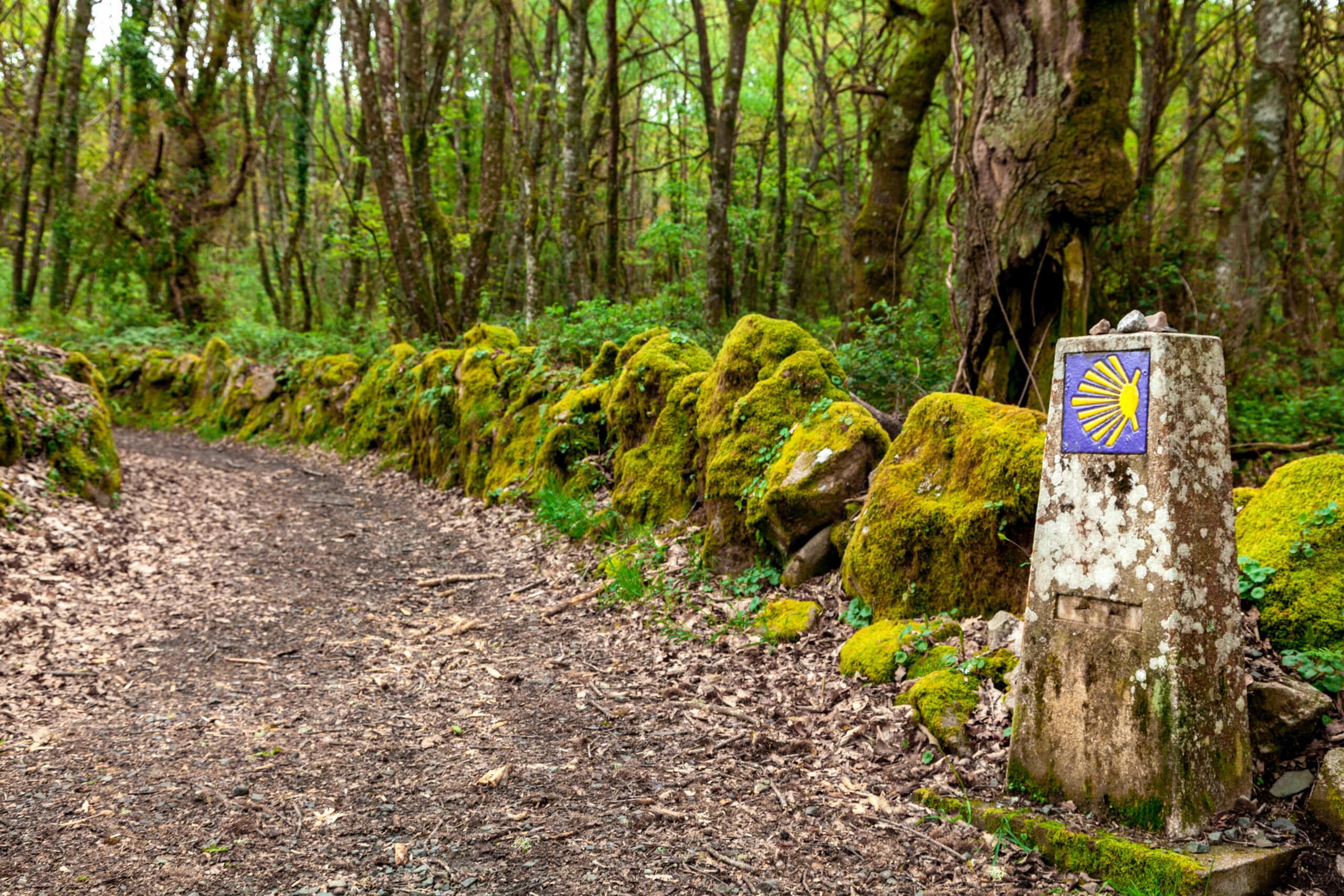
The Camino de Santiago, an ancient route that stretches the length of the Iberian Peninsula, is much more than just a physical journey; it is a spiritual, cultural and historical journey that has attracted pilgrims from all over the world for centuries. Its history is intertwined with legends dating back to the 9th century, when a Galician shepherd named Pelayo is said to have discovered the body of the Apostle St. James in a field near what is now Santiago de Compostela. Santiago, one of the twelve disciples of Jesus, was allegedly transported in a boat guided by angels to the Galician coast, where he was buried.
The impact of this discovery was monumental. King Alfonso II, after hearing the news, decided to erect a modest chapel in honour of the apostle. In time, this chapel was transformed into the majestic Cathedral of Santiago de Compostela, an impressive testament to Christian faith and medieval architectural skill. The cathedral quickly became a centre of Christian pilgrimage as prominent as Jerusalem, Rome or Fatima, attracting believers from all over Europe and beyond.
The Camino de Santiago is not limited to the history of the discovery of the remains of St. James. There is a "prehistory" of the Camino that suggests that the routes to Santiago were already travelled long before the 8th century. One of these routes is the so-called Camino de Fisterra, also known as the Way to "the end of the earth". Fisterra, located on the Atlantic coast of Galicia, was considered by the Romans as the westernmost point of the Iberian Peninsula and, therefore, the end of the known world. The ancient pilgrims, attracted by the fascination and mystery of this place, believed that looking out over the ocean from Fisterra was like looking into the abyss of the universe.
The fusion of these narratives, the story of the miraculous discovery of the remains of the apostle St. James and the mystical prehistory of the Way of Fisterra, has given shape to a network of paths that cross the Iberian Peninsula, connecting towns, cities and cultures. The Way of St. James is not only a religious itinerary, but also a cultural heritage of Europe and a living testimony of Europe's medieval history.
Today, the Camino de Santiago continues to attract thousands of pilgrims and walkers every year, some for spiritual reasons and others for the desire for adventure and personal discovery. The different routes of the Camino offer a variety of landscapes, from the green valleys of the Basque region to the arid plains of Castile to the snow-capped peaks of the Pyrenees. Each step on the Camino is an opportunity to connect with history, nature and oneself.